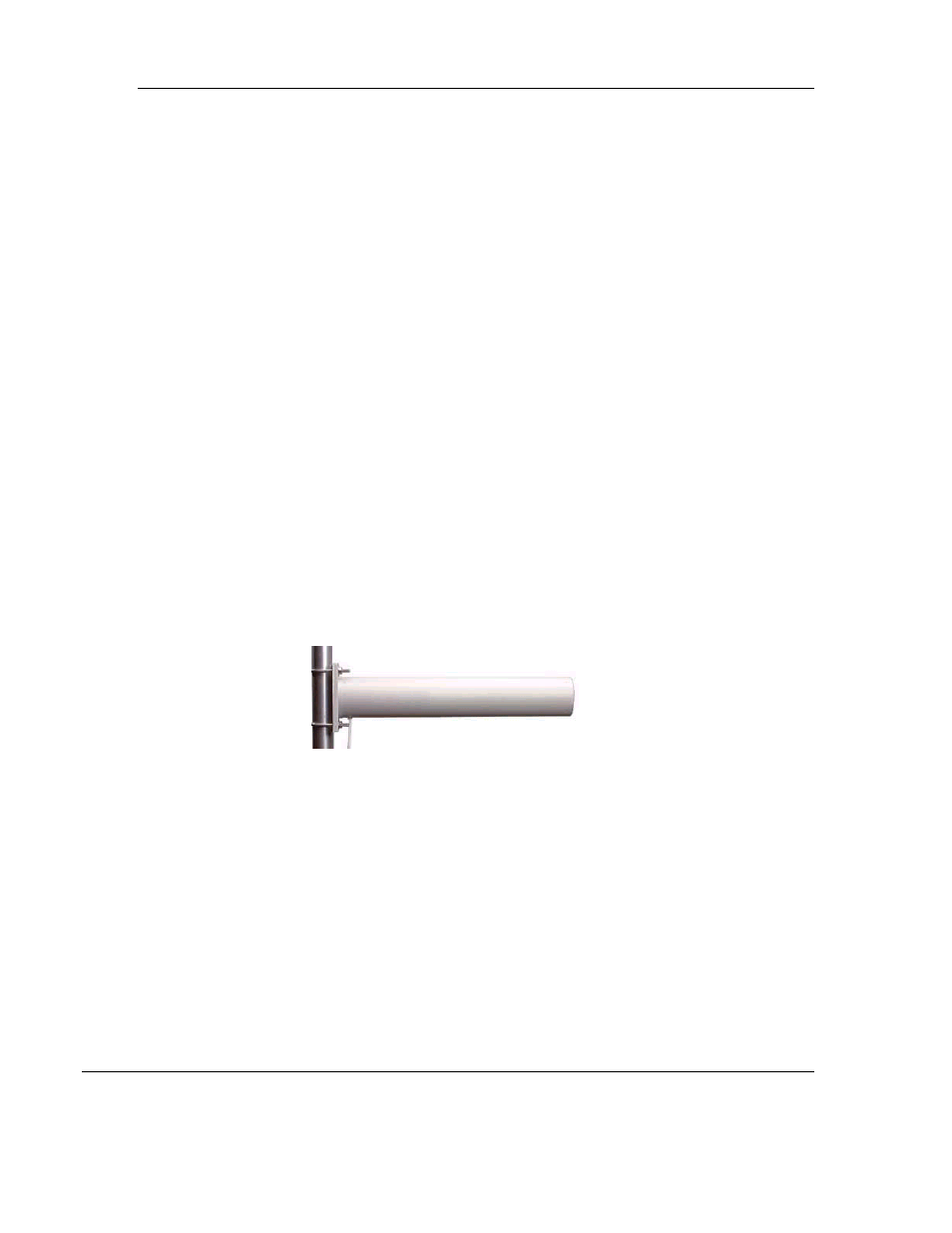Yagi array antenna, Parabolic reflector antennas – ProSoft Technology RLX2-IHNF-WC User Manual
Page 186

RLX2 Industrial Hotspot Series
Page 186 of 212
ProSoft Technology, Inc.
June 15, 2015
equal narrower beamwidth. The antenna gain also depends on the number of
elements/length, where more elements produce higher gain. Typical gain is 5 to 10 dBi.
The antenna polarity is linear, or parallel to the length of the antenna.
Yagi Array Antenna
A yagi antenna is composed of an array of linear elements, each parallel to one another
and attached perpendicular to and along the length of a metal boom. The feed is
attached to only one of the elements. Elements on one side of the fed element are
longer and act as reflectors; elements on the other side are shorter and act as directors.
This causes the antenna to radiate in a beam out of the end with the shorter elements.
The pattern depends on the overall geometry, including the number of elements,
element spacing, element length, and so on. Sometimes the antenna is enclosed in a
protective tube hiding the actual antenna geometry.
The antenna pattern (page 182) is a beam pointed along the boom toward the end with
the shorter elements. The beamwidth varies with antenna geometry but generally is
proportional to the length (where longer length produces a narrower beam).
The antenna gain (page 184) varies with antenna geometry but generally is proportional
to the length (where longer length produces higher gain). Typical values are 6 to 15dBi.
The antenna polarity is Linear (parallel to the elements, perpendicular to the boom).
Refer to the Antenna Types overview section for other types of approved antennas
(page 187).
Parabolic Reflector Antennas
A parabolic reflector antenna consists of a parabolic shaped dish and a feed antenna
located in front of the dish. Power is radiated from the feed antenna toward the
reflector. Due to the parabolic shape, the reflector concentrates the radiation into a
narrow pattern, resulting in a high- gain beam.
